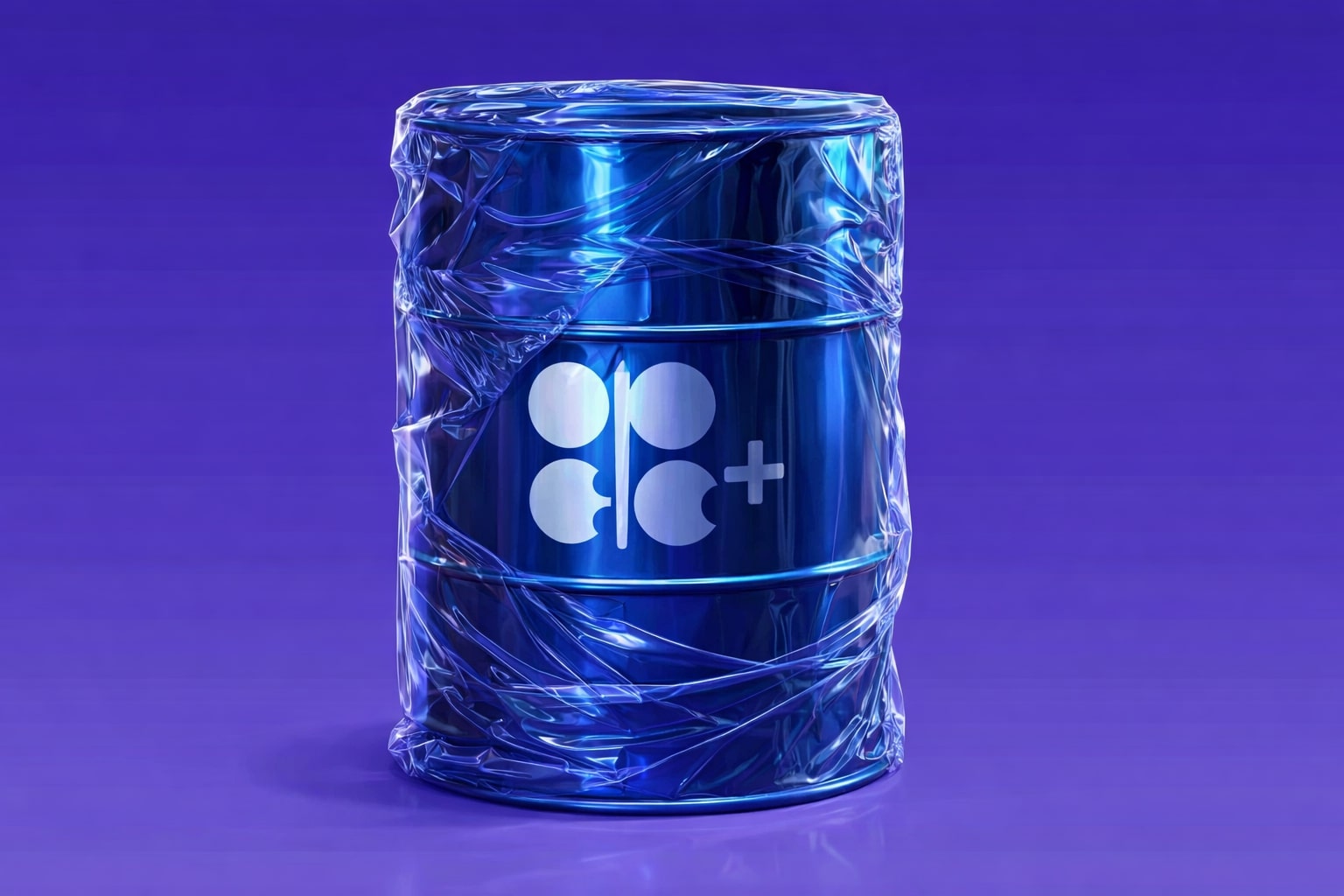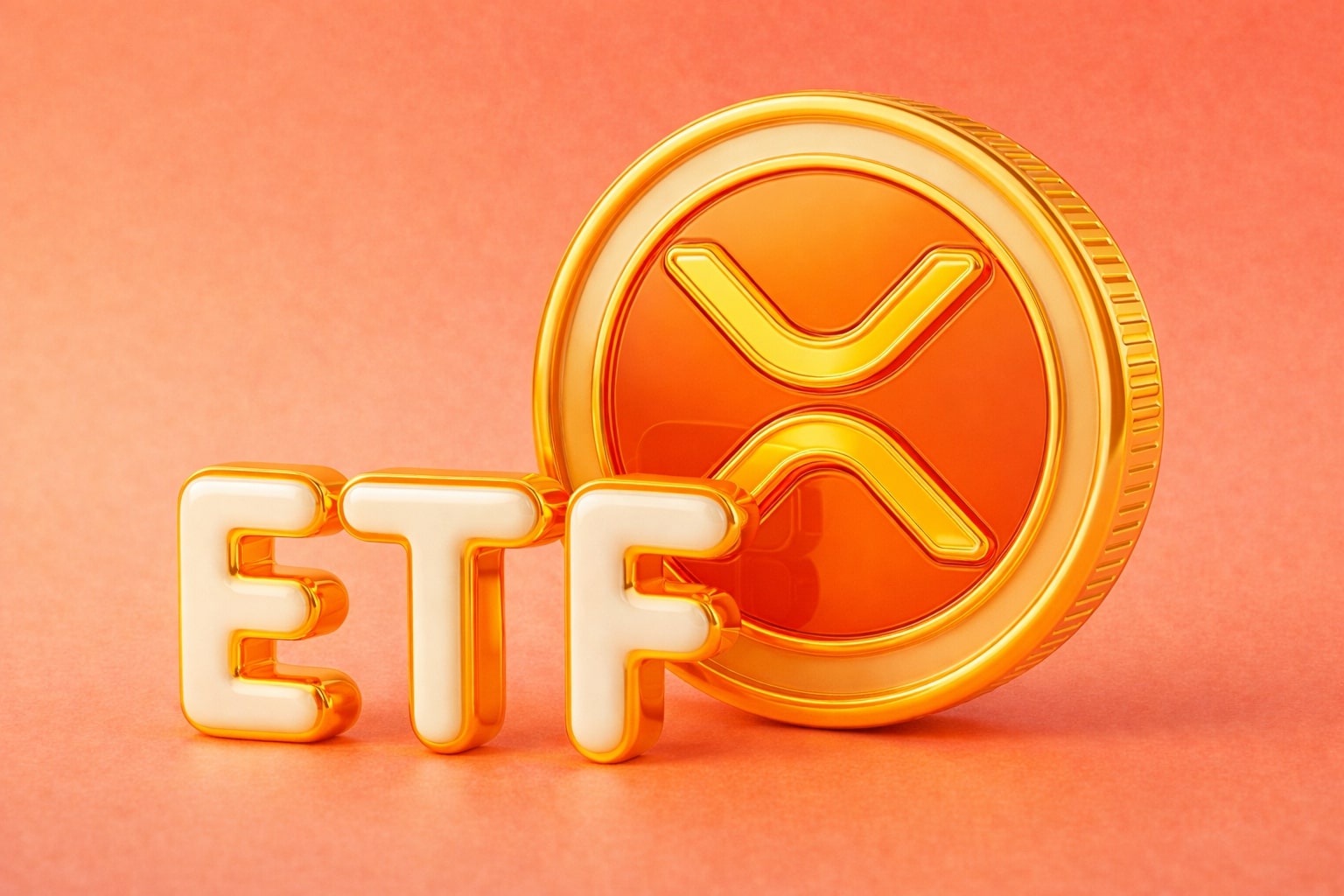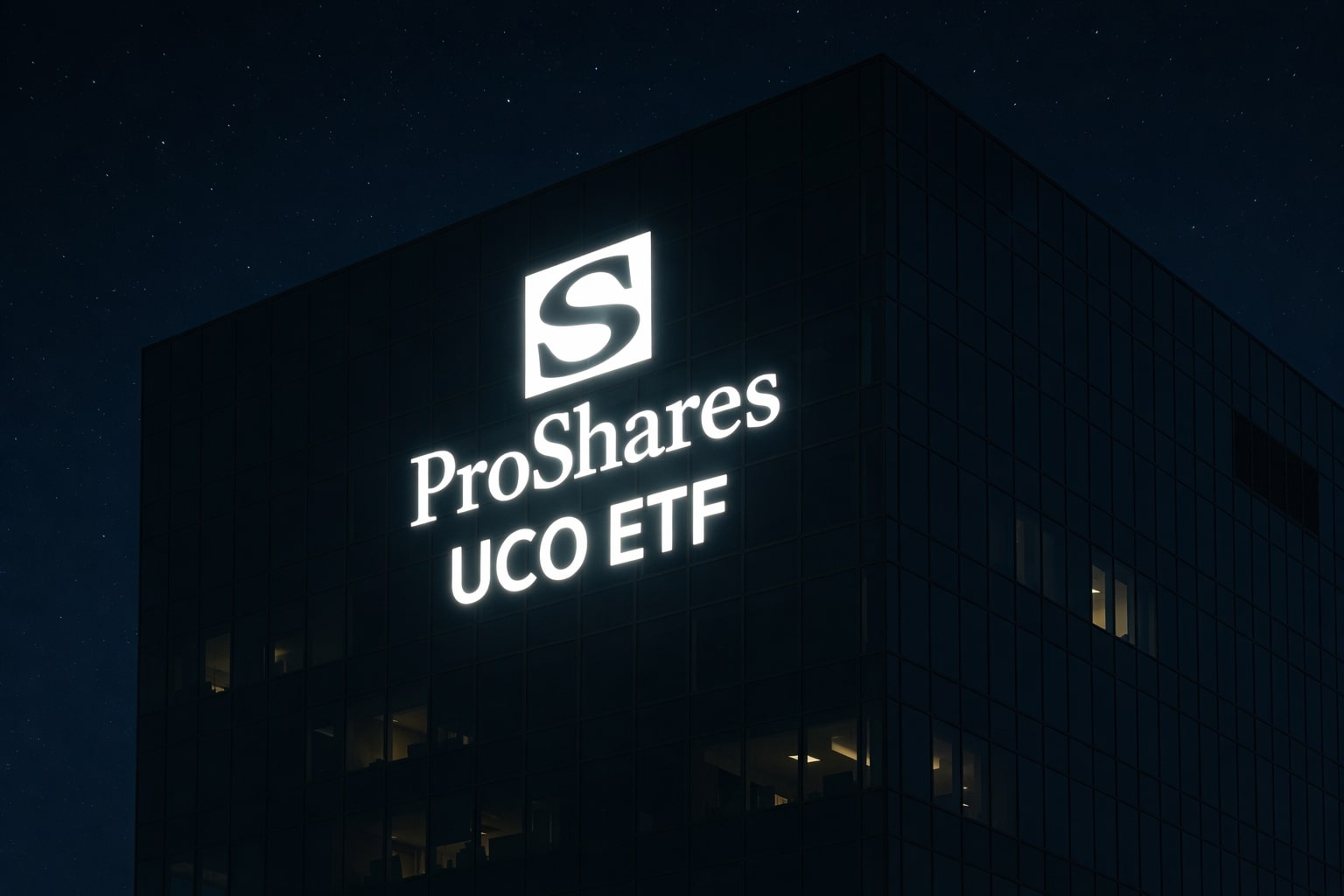
Natural Gas (NG=F) Price Coils Below $3.60 as Heatwave Demand and Supply Fractures Build Pressure
NG=F trades near $3.56 with triangle breakout looming; macro demand from India and Asia clashes with EU storage risks, Turkish flows, and political deadlines—setting up a volatile resolution | That's TradingNEWS
Natural Gas (NG=F) Tests $3.60 Amid Heatwaves, India Demand, and EU Storage Concerns
NG=F Breakout Zone Tightens Near $3.564–$3.60 as Technicals and Fundamentals Converge
Natural gas futures surged above $3.56, closing in on a critical inflection point around $3.60. The move comes as NG=F coils within a symmetrical triangle—long in formation—and tests the top boundary. This coiling action between rising support and descending resistance highlights mounting energy beneath the surface, with major moving averages—20, 50, and 100-day EMAs—clustered between $3.48 and $3.53. A clean breakout above $3.60, particularly with volume confirmation, opens the door for an acceleration toward $3.85, $4.20, and possibly $4.50.
European and Asian Demand Dislocations Create Supply Risk
While Europe’s benchmark TTF gas prices pulled back toward €35/MWh amid stable Norwegian flows, LNG redirection caused by North Asia’s punishing heatwave has shifted the calculus. Europe’s storage sits at 62%—well below seasonal averages—leaving it vulnerable if further LNG cargoes are rerouted to meet cooling demand in Japan, South Korea, and parts of China. Scheduled maintenance in Norway and geopolitical maneuvers, including Trump’s 50-day ultimatum to Russia, inject further volatility into the supply picture.
India's Structural Shift Toward U.S. LNG Deepens Demand Floor
India's natural gas demand is becoming a cornerstone for global LNG stability. U.S. LNG exports to India surged to 27 million metric tons in 2024, up from 11% to 19% of India’s total imports. That growth reflects a shift toward Henry Hub-indexed contracts, such as the Indian Oil-Trafigura deal for 2.5M tons, anchoring India to U.S. pricing. The subcontinent's energy blueprint calls for annual natural gas consumption to triple from 65 bcm in 2023 to 203 bcm by 2030, putting consistent structural pressure on NG=F to remain elevated.
Technical View: Symmetrical Triangle Close to Resolution
The symmetrical triangle spanning months on NG=F is nearing resolution. Price has rejected from $3.60 multiple times, but bullish momentum is building. If buyers absorb offers near $3.564 and push through $3.60 with a daily close and rising volume, the next wave targets $3.85 initially, followed by $4.20 and $4.50 over the medium term. Rejection at resistance risks a drop back to the $3.25 demand shelf, with deeper support at $2.90.
The 200-day EMA sits at $3.38—a level that aligns with former trendline support and offers short-term buyers a base. A break below $3.18 would neutralize the bullish thesis and resume downside testing.
Bearish Momentum Not Yet Broken: Stochastic Signals and Market Indecision
Momentum indicators such as stochastic oscillators suggest overbought territory approaching $3.60, and short-term algorithms remain hesitant to fully flip bullish. As highlighted by recent daily forecasts, any rebound is contingent on $3.60 being breached and sustained. Until then, technical traders see potential for reversion toward $3.35 or $3.18.
Turkey’s Market Signals and LNG Flows Confirm Global Rebalancing
Trade volume on Turkey’s spot gas exchange fell 55% to 2.93M liras, indicating tightening domestic flows. Average spot price was 14,584 liras per 1,000 cubic meters (~$362 USD), with pipeline inflows steady at 121.74M cubic meters. This confirms shifting flows out of spot and into contracted LNG shipments amid regional reallocation of resources.
U.S. to EU and Asia: A Realignment of Energy Corridors
The EU's pivot toward U.S. LNG—accelerated by political urgency and logistics—has reshaped Henry Hub and NG=F pricing dynamics. Summer heat has driven air conditioning demand in the Northeast U.S., where natural gas is burned for electricity, providing a rare seasonal spike.
Meanwhile, India’s strategic diversification from Russia and Qatar to U.S. LNG adds a durable demand leg. LNG from Sabine Pass and Cove Point—sold under long-term deals—is now a geopolitical tool as much as an energy solution. India’s growing refining capacity, middle-class expansion, and infrastructure investment will tie its gas demand closely to U.S. pricing benchmarks.
Outlook Hinges on $3.60 Break or Collapse Toward $3.18–$2.90 Support
Natural gas remains locked in a coiling formation, and the pressure is mounting. With U.S. LNG exports firm, Asian heatwaves redirecting flows, EU storage undershooting targets, and India establishing a long-term demand floor, NG=F’s breakout odds rise daily. But unless bulls can breach and hold above $3.60, bears remain in control of short-term trajectory.
Stochastic and RSI signals show froth near resistance, while macro crosswinds from tariffs and geopolitical deadlines could turn volatility higher. If the $3.60 level is breached on volume, bulls could drive the price toward $4.20+ over the next cycle. If not, a mean reversion to $3.25 and $2.90 remains a viable scenario.
Rating: Hold for Now. Buy Only on Confirmed Break Above $3.60 with Volume.
That's TradingNEWS
Read More
-
UCO ETF Price Forecast: Can NYSEARCA:UCO at $18.57 Ride a 2026 Oil Squeeze?
18.12.2025 · TradingNEWS ArchiveStocks
-
XRPI at $10.50 and XRPR at $14.93 Hit XRP ETF Lows While XRP-USD Holds $1.84 After 30 Days of Inflows
18.12.2025 · TradingNEWS ArchiveCrypto
-
Natural Gas Price Forecast: Henry Hub Holds Around $4 as EIA Draw Hits 167 Bcf
18.12.2025 · TradingNEWS ArchiveCommodities
-
USD/JPY Price Forecast: Pair Holds Above 155 As BoJ And US CPI Set Up A Major Break
18.12.2025 · TradingNEWS ArchiveForex



















